
heavy lifter drones

Power, Precision & Cinematic Motion
When a production calls for full-scale cinema cameras in the air, VidMuze Cinema delivers. Our heavy lift drone cinematography services provide filmmakers with the ability to fly professional camera packages safely, smoothly, and creatively. Designed for film, television, and commercial production, our heavy lift drones combine engineering excellence with cinematic precision to capture breathtaking aerial imagery.
Key Features
Payload Capacity: Up to 35 lbs, supporting full cinema cameras such as RED, ARRI, Sony Venice, and Alexa Mini.
Top Speed: Reaches up to 65 mph for high-speed chase sequences and sweeping action shots.
Flight Time: Averages 10–14 minutes per flight depending on payload and conditions.
Frame: Built on the robust Alta X airframe—lightweight, reliable, and optimized for professional cinematography.
Setup Time: Approximately 30 minutes from case to flight, ensuring fast on-set turnaround.
Redundancy: Dual batteries, failsafe control systems, and secure telemetry provide dependable flight performance.
The Power of Heavy Lift Drones
Heavy lift drones bridge the gap between traditional aerial platforms and full-sized camera rigs. They allow productions to capture cinema-quality aerial shots using the same cameras and lenses found on ground units—maintaining a consistent look across the entire project.
Our Freefly Alta X system provides the strength and stability needed for complex shots while offering the flexibility required for modern filmmaking. Whether tracking vehicles, executing low-altitude reveals, or performing dynamic overhead passes, our aerial platforms deliver stunning, motion-controlled precision.
Where Heavy Lift Drones Excel
Action and chase sequences requiring speed and precision.
Large-scale establishing shots and scenic aerials.
Dynamic transitions between aerial and ground-based movement.
High-end commercial shoots demanding cinematic depth and dynamic range.
VFX and plate work that requires stable, repeatable camera paths.
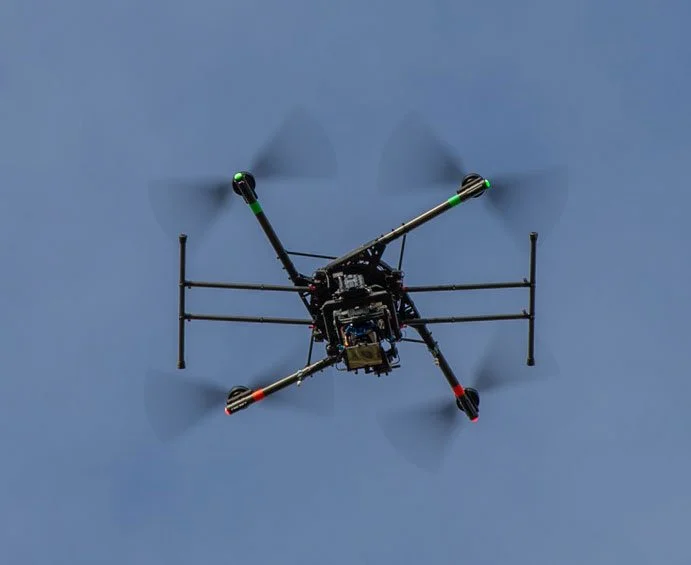





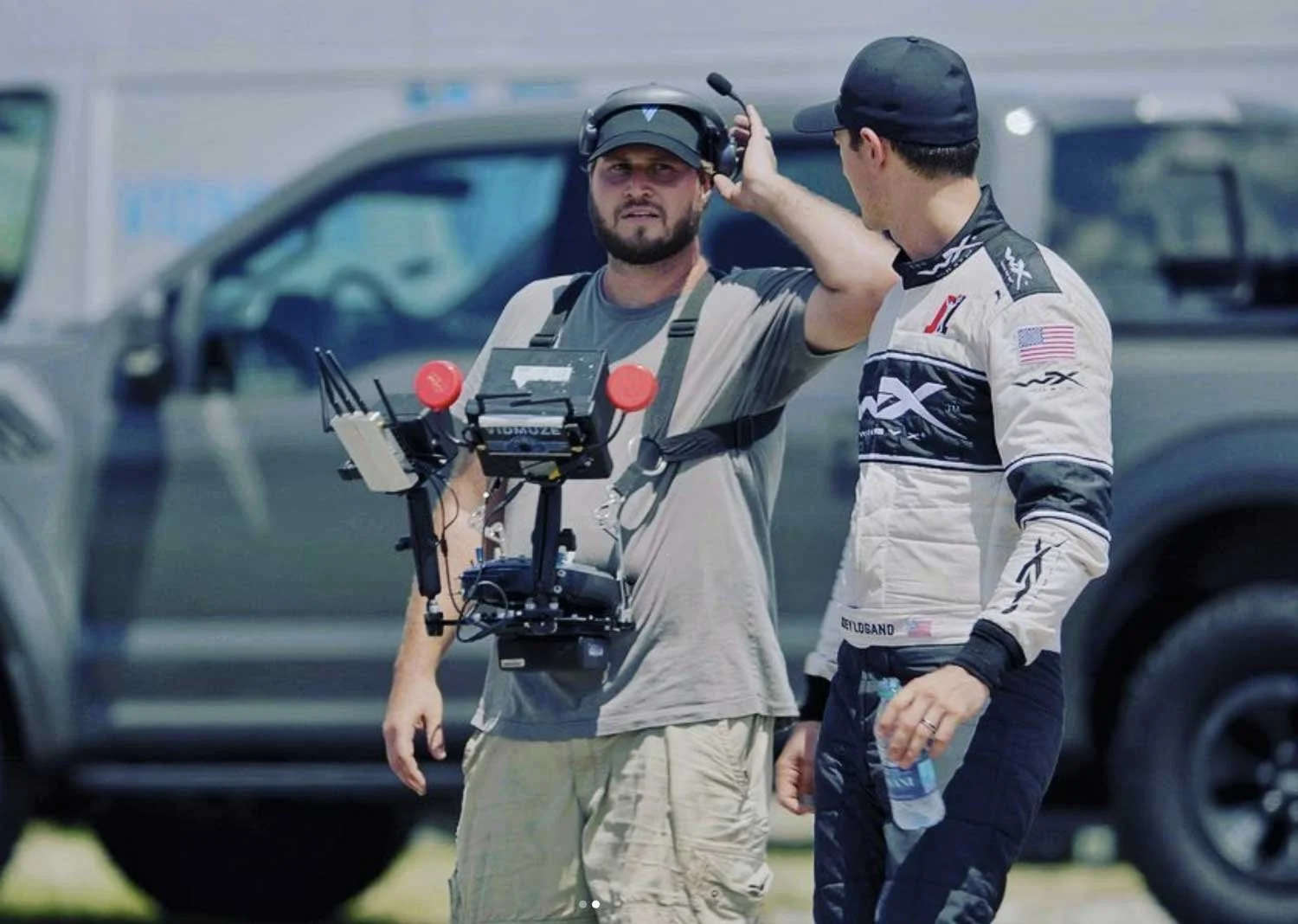




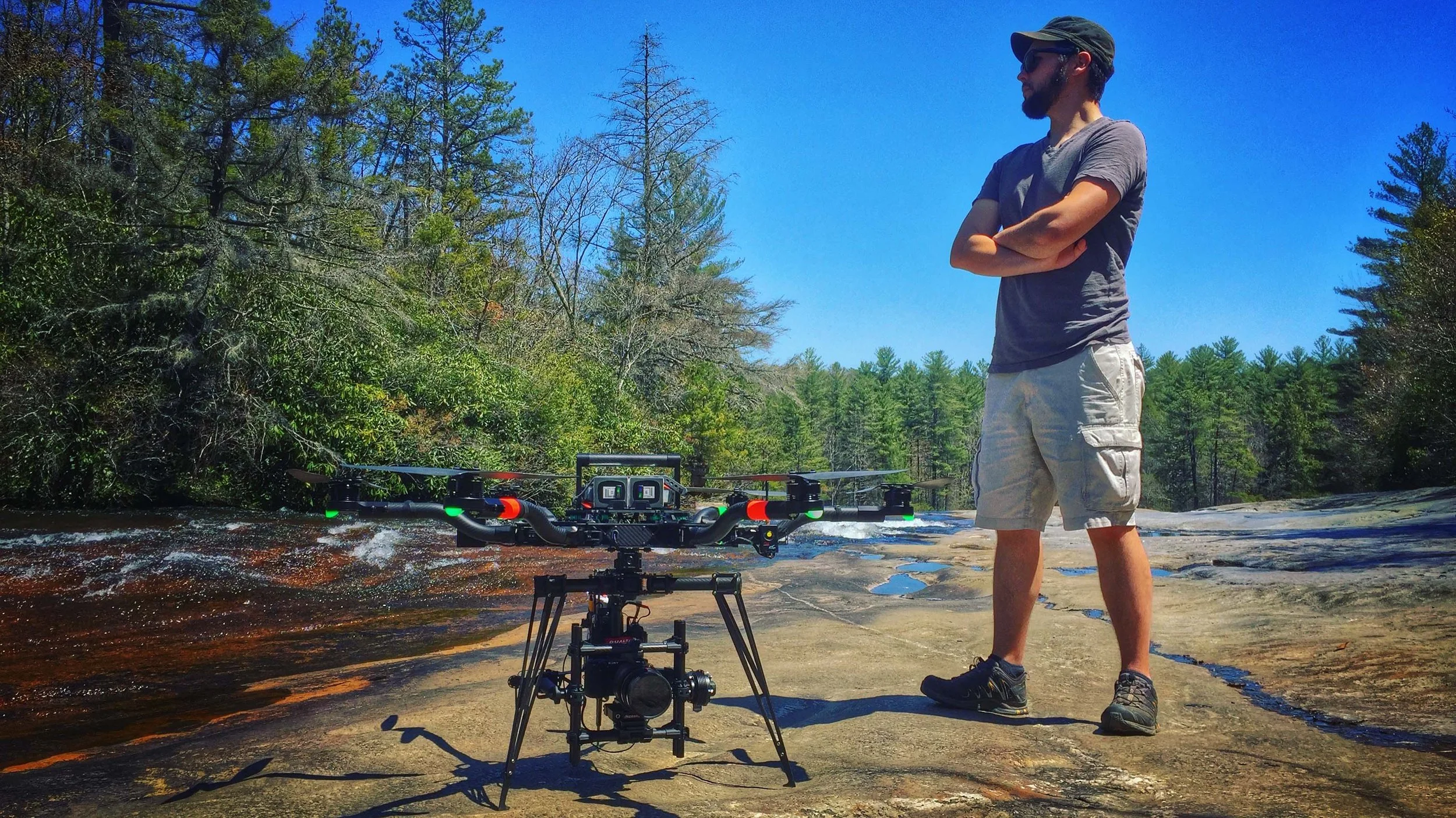



















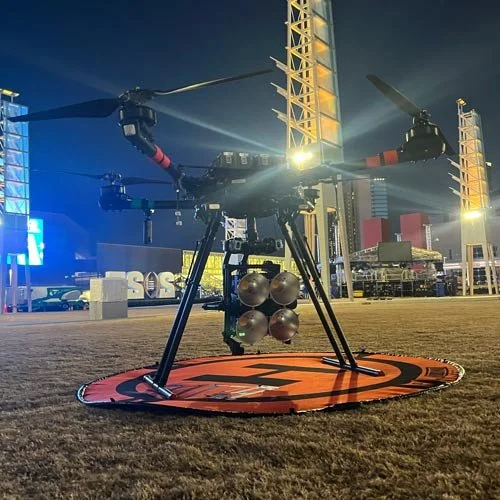


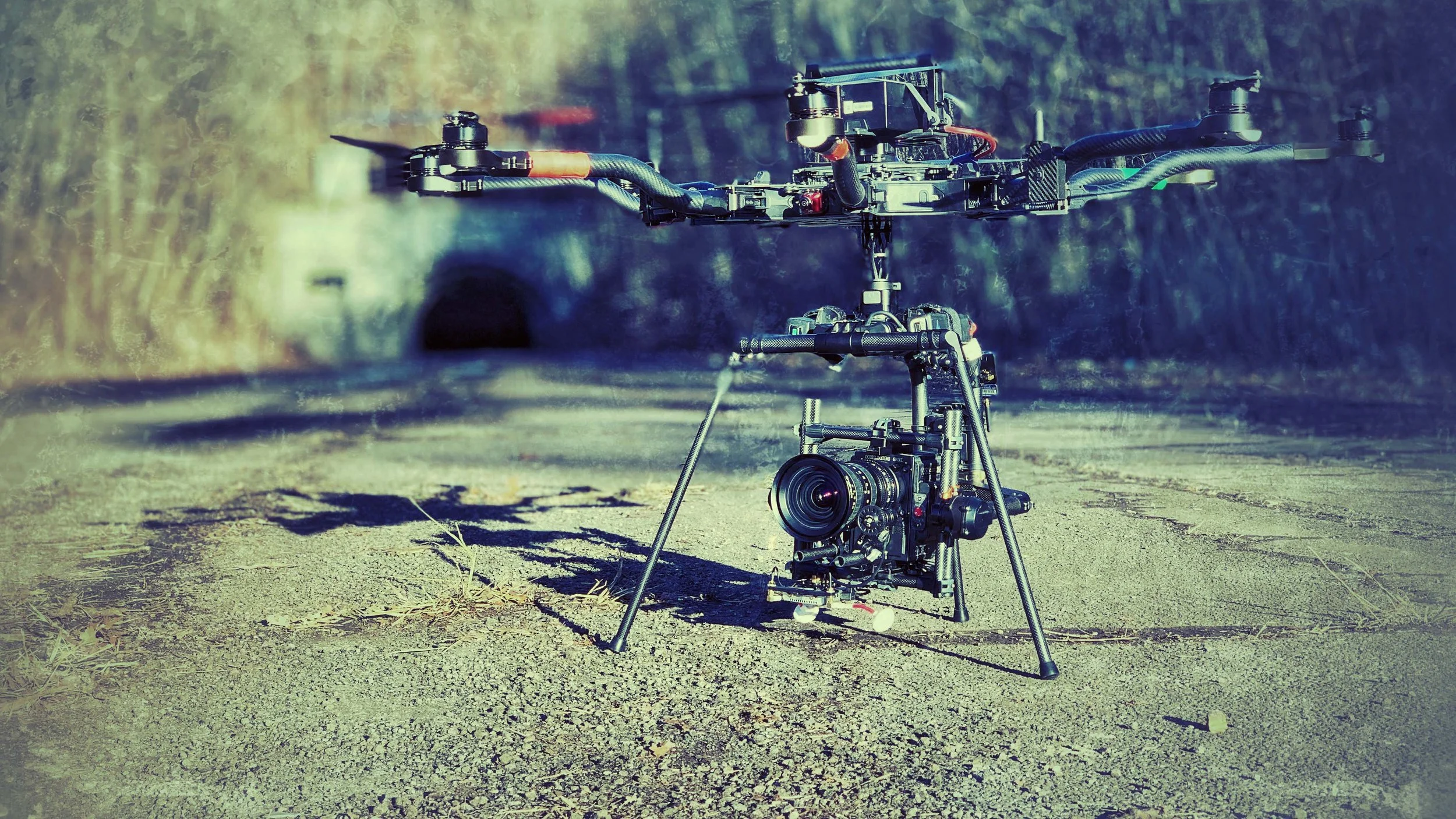






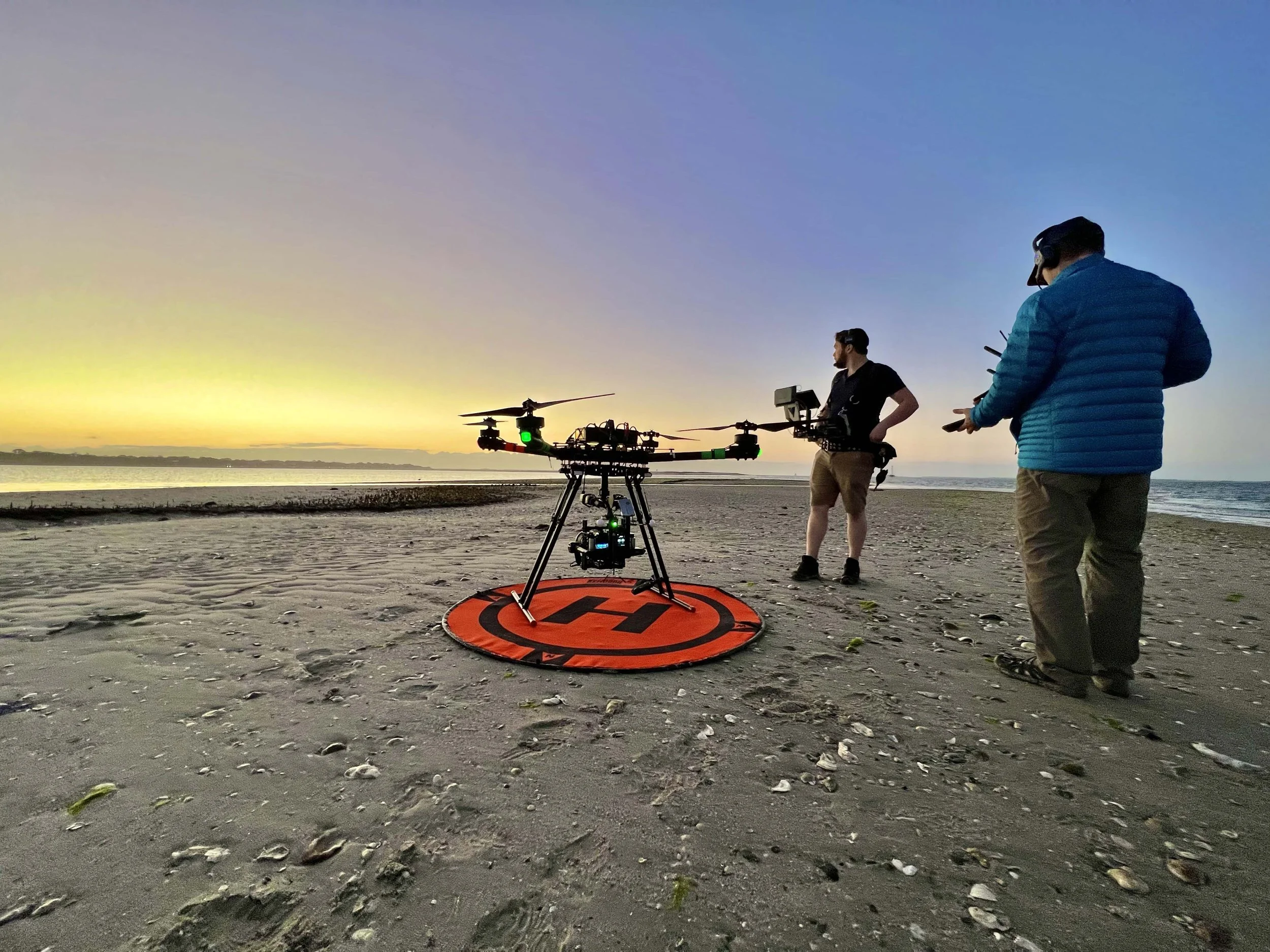








Our Approach
At VidMuze Cinema, we approach aerial cinematography with a filmmaker’s mindset. Every flight is coordinated around story, light, and camera language—not just flight paths. Our experienced aerial team prioritizes safety, creative collaboration, and technical consistency, ensuring that every aerial shot integrates seamlessly with the rest of your production.
We understand that heavy lift drone work is about more than power—it’s about precision, reliability, and trust. From pre-production planning and FAA compliance to on-set coordination, every detail is handled with care to support your creative vision.
Serving Film & Television Productions Across the Southeast
Headquartered in Asheville, North Carolina, VidMuze Cinema provides heavy lift drone cinematography across Charlotte, Atlanta, Charleston, Wilmington, and beyond. Our aerial teams are experienced in a range of environments, from urban landscapes to rugged outdoor terrain, and bring the professionalism and expertise expected on major film and television sets.
Capture more than just an aerial shot—capture emotion, energy, and cinematic power.
Contact VidMuze Cinema today to discuss how our heavy lift drone cinematography can elevate your next production.

